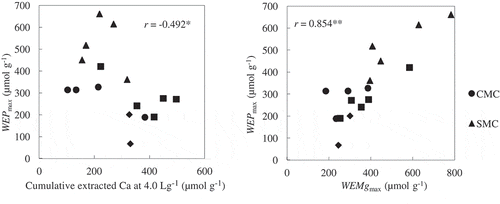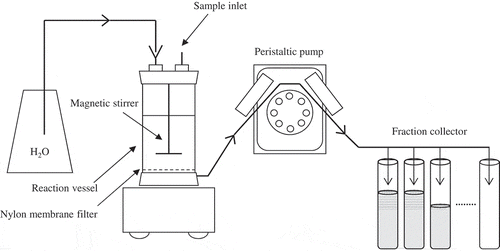Figures & data
Table 1 Chemical properties of the animal manure composts used in this study
Table 2 The fractionation of phosphorus (P) in the animal manure composts by sequential chemical extraction
Figure 2 The dissolution patterns of phosphorus (P) as a function of the cumulative water volume in the continuous water extraction. Curves represent the first-order and second-order regression equations; the best-fit models and the regression parameters are summarized in . CMC, cattle manure compost; SMC, swine manure compost; LMC, layer (chicken) manure compost; BLC, broiler (chicken) litter compost.
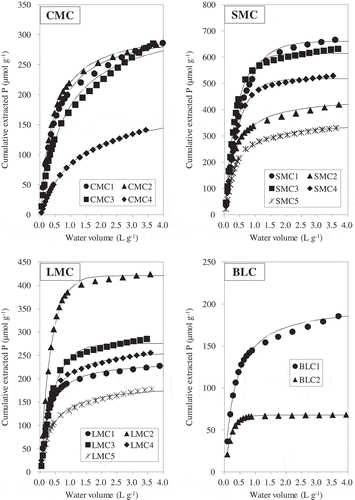
Figure 3 The dissolution patterns of calcium (Ca) as a function of cumulative water volume in the continuous water extraction. Curves represent the first-order and second-order regression equations; the best-fit models and the regression parameters are summarized in . CMC, cattle manure compost; SMC, swine manure compost; LMC, layer (chicken) manure compost; BLC, broiler (chicken) litter compost.

Figure 4 The dissolution patterns of magnesium (Mg) as a function of cumulative water volume in the continuous water extraction. Curves represent the first-order and second-order regression equations; the best-fit models and the regression parameters are summarized in . CMC, cattle manure compost; SMC, swine manure compost; LMC, layer (chicken) manure compost; BLC, broiler (chicken) litter compost.
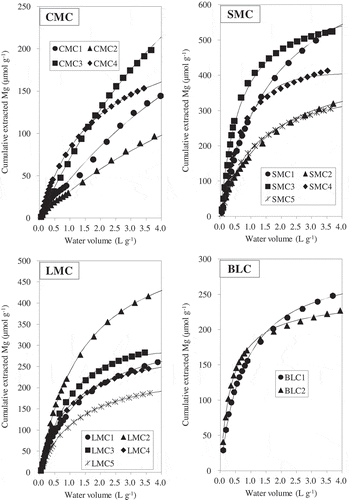
Table 3 Fitted values of the parameters used to model the phosphorus (P), calcium (Ca), magnesium (Mg) and potassium (K) release patterns, and the associated coefficient of determination (R2)
Figure 5 The relationships between the H2O-P (open symbols) or H2O-P + NaHCO3-P (filled symbols) and the maximum water-extractable P (WEPmax). H2O-P and NaHCO3-P is water- and sodium bicarbonate (NaHCO3-) extractable P using the modified Hedley sequential extraction method. CMC, cattle manure compost; SMC, swine manure compost; LMC, layer (chicken) manure compost; BLC, broiler (chicken) litter compost. The dashed line represents y = x. ***, significant at P < 0.001.
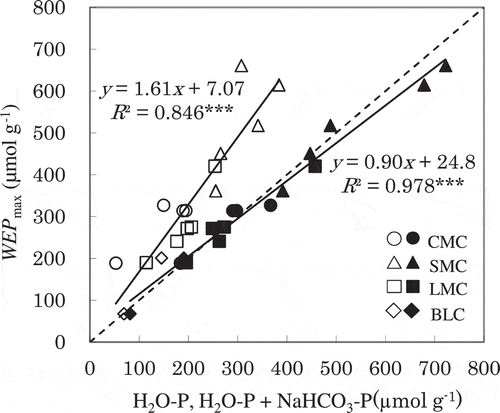
Figure 6 The relationships between WEPmax and (left) the amount of extractable calcium (Ca) at 4.0 L g−1 or (right) WEMgmax. WEPmax, maximum amount of water-extractable phosphorus determined by means of non-linear regression; WEMgmax, maximum amount of water-extractable magnesium determined by means of non-linear regression. CMC, cattle manure compost; SMC, swine manure compost; LMC, layer (chicken) manure compost; BLC, broiler (chicken) litter compost. *, significant at P < 0.05; **, significant at P < 0.01.
